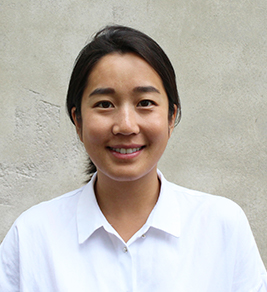The aim of this report is to emphasise why there is a need for a more heterogenous perspective on active and healthy ageing. A range of relevant indicators exist at the European and national levels, but comparable data across the Nordic countries remain limited.
By considering key concepts and available common Nordic indicators, this report provides outlooks on active and healthy ageing among diverse senior populations and explores the possible contribution of intersectional approaches in future analysis and policy-making across the Nordic region.
This report focuses on heterogenous perspectives regarding active and healthy ageing. There are many phases of old adulthood, and the older Nordic population is far from homogeneous. An individual’s lifelong health depends on numerous factors such as income, educational level, physical activity, dietary habits, sexual preferences, ethnicity, family situation, and living and housing arrangements. How these aspects intersect creates different challenges and possibilities for active and healthy ageing. This report explores the possible contribution of intersectional approaches in future analyses and policy-making across the Nordic region.
The report is part of the Nordic Welfare Centre’s project Age-friendly and sustainable societies in the Nordic region. The study was conducted in parallel with the report Indicators for Active and Healthy Ageing in the Nordic Region. Possibilities and Challenges.
The main outputs are two research reports. This one is titled Active and Healthy Ageing: Heterogeneous perspective and Nordic indicators and another one is Indicators for Active and Healthy Ageing in the Nordic Region: possibilities and challenges. Both of them were presented at Nordregio´s and Nordic Welfare Centre´s launch webinar “Grasping the diversity among older adults” on 6 April 2022.



